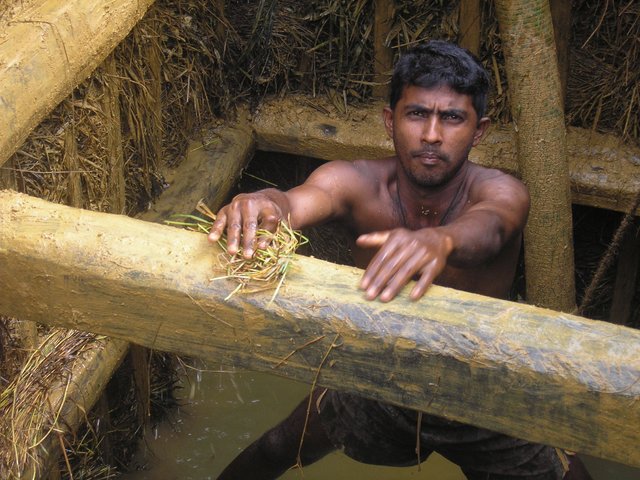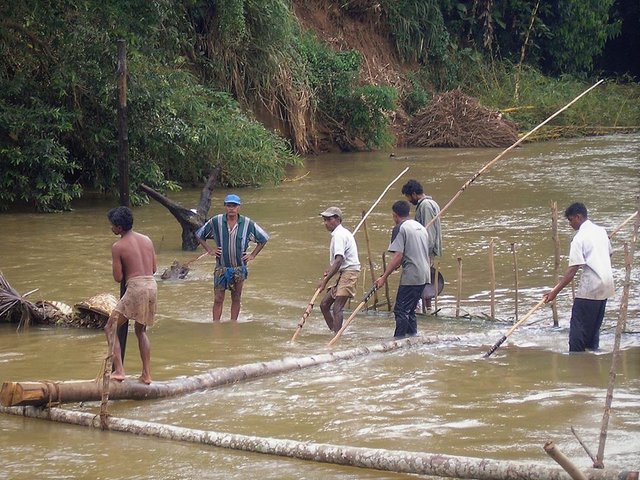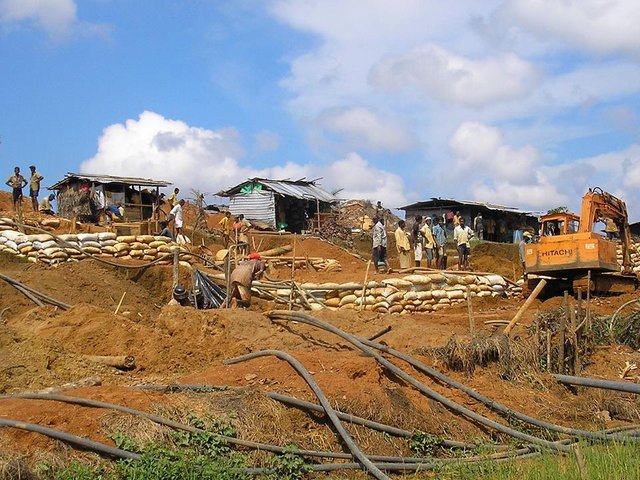The Treasure Island of the Indian Ocean
There are only three places in the world whose land is richer in gems than Sri Lanka’s. The first is Columbia, which yields 90 percent of the world’s emerald supply, then the African diamond mines, followed by Madagascar.
However, even this modest 4th place is the result of the fact that one fourth of Sri Lanka’s land is gem-bearing. Sri Lanka's gem mining is derived from sedimentary gem deposits, so gems can be found among rivers, more precisely, anywhere where water flows.
Three mining methods are found in the country. The first of those being industrialized mining, which is strictly regulated and rather difficult to get the necessary authorizations. Local authorities still promote the old, traditional, small–scale and environmentally–friendly mining types, such as the second method named “patal” which is a 5 to 15 m deep mining pit. The third is the “edum patal” or known in English as river mining. These methods have remained the same for the last two to three thousand years.

We’ve just arrived at the riverbank but are already watching the miners’ action quickly to build a proper bench made instantly from the surrounding bamboo. This kattie is bigger than the normal land teams because river mining needs the coordinated effort of ten to twelve people. Utilizing just large pieces of wood, they have constructed a dam in the middle of the river and are sweeping the closed riverbed with scoops which have 6m long bamboo handles. Meanwhile, the diver of the team who is wearing only a loincloth, searches the bed with open eyes on a single deep breath of air. Their diver is one of the best, boasts the team, and can stay underwater for up to 3 minutes. When he thinks the team reached the right layer, they too ladle the mud into small baskets, then inspect each thoroughly on improvised stands in the river. It always surprises me how creatively the Sri Lankan people use their environment.

Gems are found wherever the water goes, so land mining always starts with pumping the water out of the pit, whether it be a patal or a big, industrialized mine. In theory, using excavators is forbidden, however, we see a few big ones as we arrive to the scene. Luckily, we caught them on the last day of the process and they are cleansing the gems. We are allowed to watch them wash, only from a respectful distance, as they are searching the baskets meticulously for sapphire.
Even in this industrialized world of employed miners, they too start looking at what they have found with a prayer. The excitement feels the same, although everything they find goes straight to the owner.
A blue sapphire as big as my thumb, which in its raw state is rather grayish, comes up first. It could easily be worth millions of dollars, but nobody can tell for sure as the right-hand-man of the boss, the foreman, puts it immediately into his bottle and there is no chance for us to have a closer look.
Later four more sapphires followed the first one, similarly big stones. The miners are happy, the boss will be satisfied, only Sunil looks darkly at the ground.
“I am a free man” he repeats a few times, comforting himself unnoticeably by others, but also unknown by him for how much longer he will feel this way.
